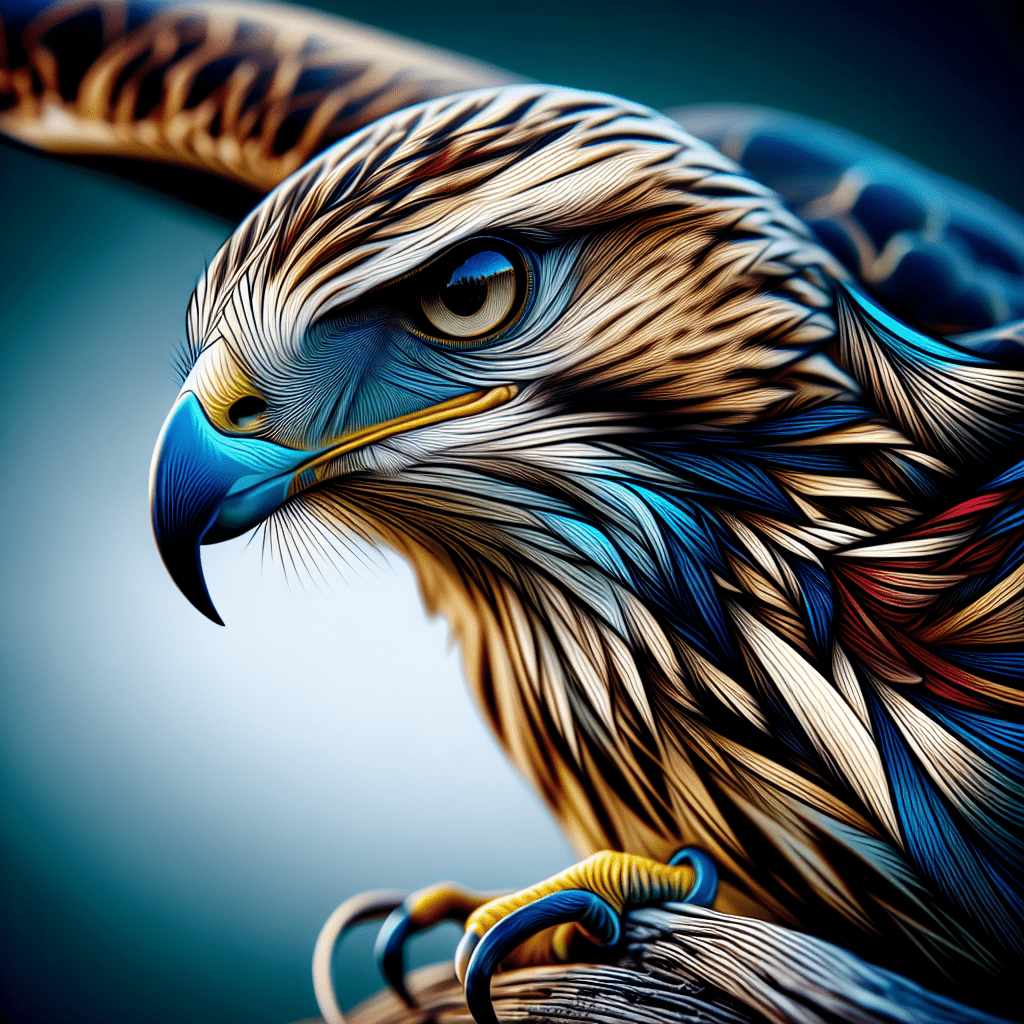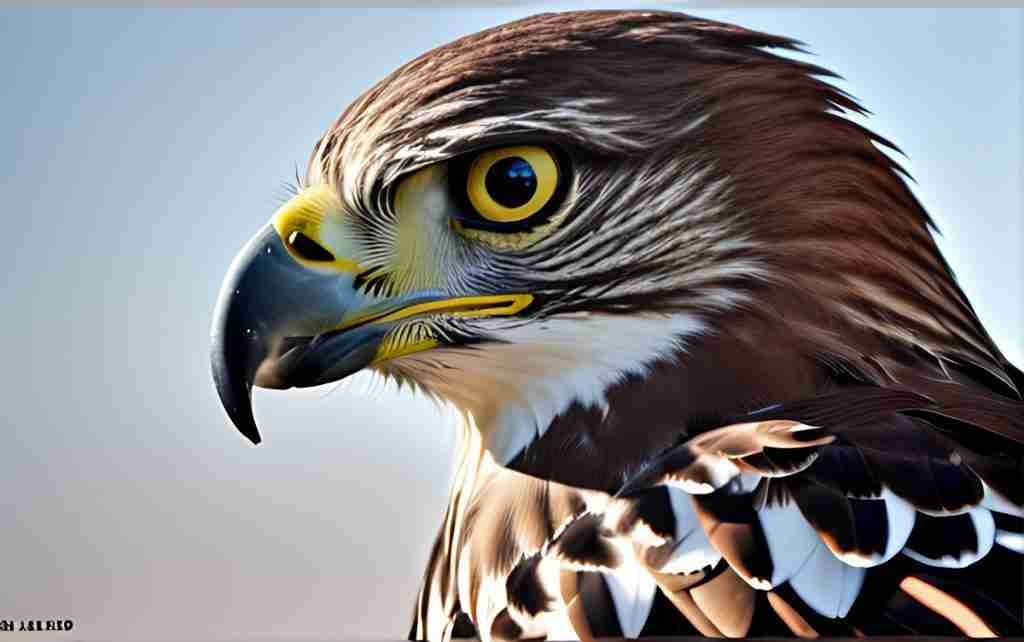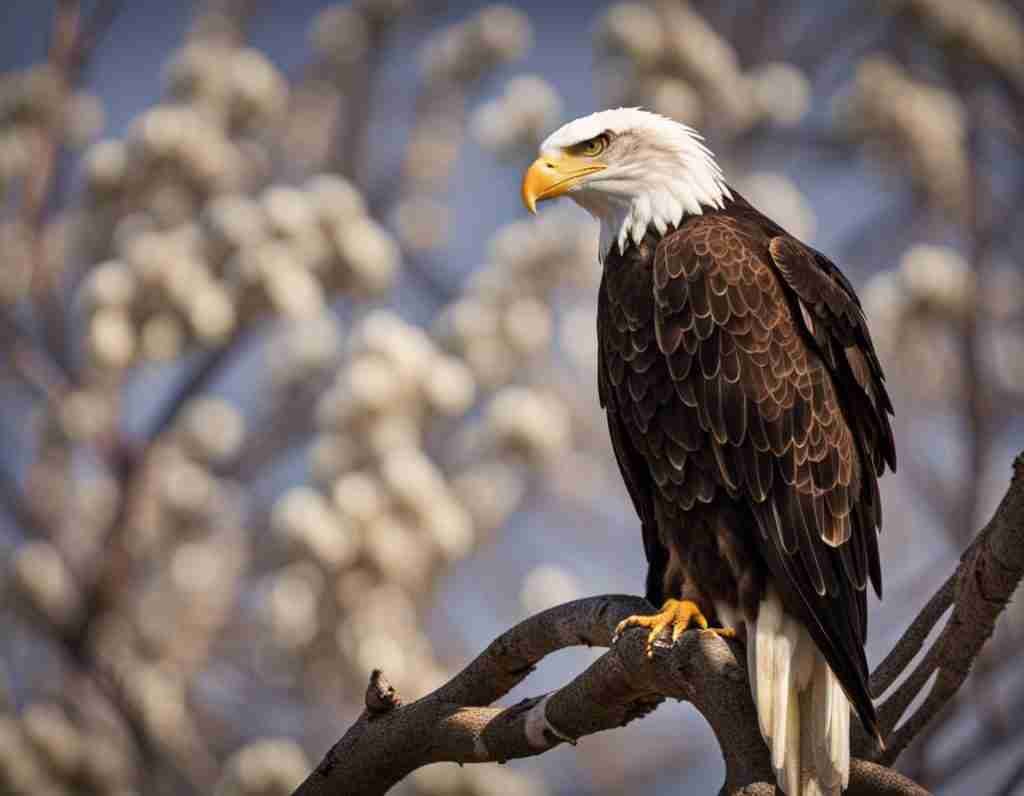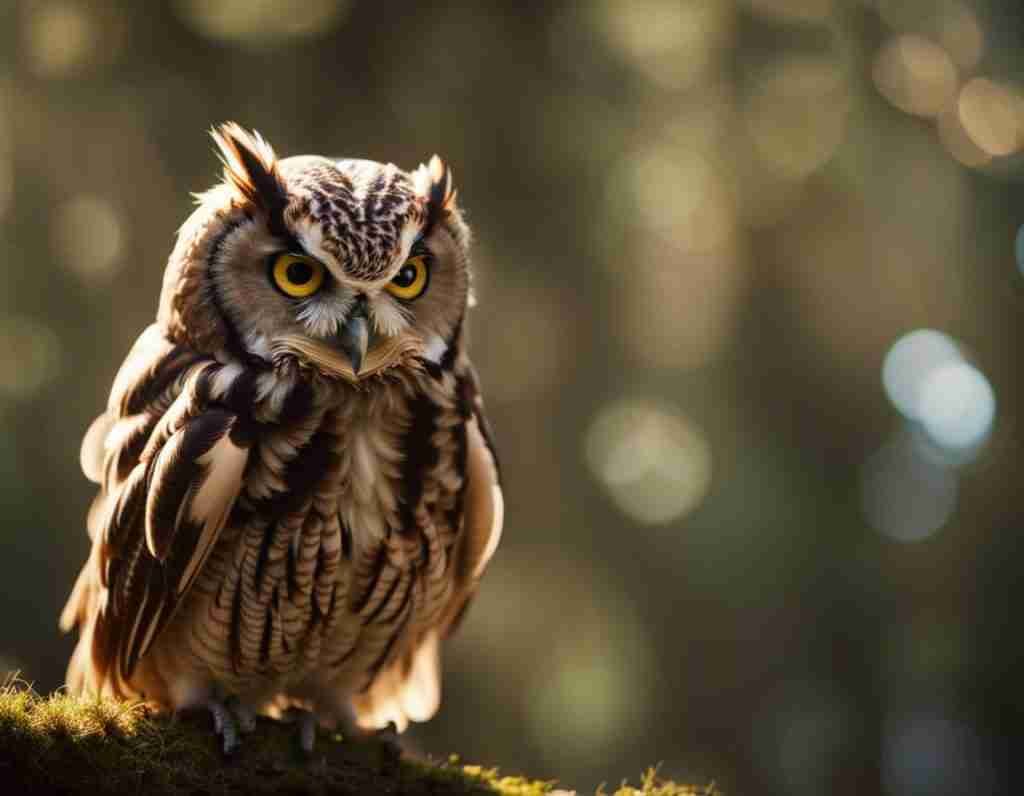[et_pb_section fb_built=”1″ _builder_version=”4.16″ global_colors_info=”{}”][et_pb_row _builder_version=”4.16″ background_size=”initial” background_position=”top_left” background_repeat=”repeat” global_colors_info=”{}”][et_pb_column type=”4_4″ _builder_version=”4.16″ custom_padding=”|||” global_colors_info=”{}” custom_padding__hover=”|||”][et_pb_text admin_label=”Intro” _builder_version=”4.23.1″ _module_preset=”default” global_colors_info=”{}”]
Drawing on your curiosity about avian behavior, particularly raptors, the article you’re about to read will enlighten you on how these majestic creatures keep their beaks sharp. An intriguing topic indeed! The article explores the secret mechanisms used by these birds of prey, unveiling how they manage to maintain their deadly pointed beaks, integral to their survival in the wild. So, prepare to satiate your curiosity as you embark on this insightful journey into the world of raptors.
[/et_pb_text][pac_divi_table_of_contents default_state=”closed” included_headings=”off|on|on|off|off|off” level_markers_1=”decimal” level_markers_2=”decimal” level_markers_3=”whole” _builder_version=”4.23.1″ _module_preset=”default” global_colors_info=”{}”][/pac_divi_table_of_contents][et_pb_text _builder_version=”4.23.1″ background_size=”initial” background_position=”top_left” background_repeat=”repeat” global_colors_info=”{}”]
Understanding Raptors’ Classification
Overview of raptor species
Raptors, also known as birds of prey, are a significant group of birds that include species such as eagles, hawks, falcons, and owls. You can easily recognize them by their sharp talons, keen eyesight, and powerfully hooked beaks. Each species of raptor has specific traits and characteristics, aligning with their unique lifestyles and environments. It’s essential to understand this diverse group’s classification, as it offers a deeper insight into their lives, especially the maintenance of their beak sharpness.
Uniqueness in raptor’s beak structure
A significant identifying trait of raptors is their beak structure. Unlike many other bird species, raptor beaks are strongly curved and exceptionally sharp. This unique structure enables them to successfully hunt, kill, and dismember their prey. The use of their beak is not limited to hunting or eating alone; it plays a crucial role in their grooming and survival activities as well.




Defining Sharpness of a Raptor’s Beak
Analyzing beak sharpness
To understand how raptors maintain their beak sharpness, you first need to appreciate the complexity of their beak’s anatomy. A raptor’s beak is made of keratin, the same protein that forms human hair and nails. The outer layer, known as the rhamphotheca, is continually growing and helps the raptor maintain a sharp, effective beak edge.
Importance of a sharp beak in a raptor’s life
A sharp beak is absolutely vital in a raptor’s life. Not only does it aid in the hunting and tearing apart of their prey, but it’s also an essential tool for self-defense against potential threats. Moreover, it helps them grooming their feathers, thus ensuring their flight ability and overall health. Without a sharp and sturdy beak, a raptor’s survival can become difficult.
Factors Affecting Beak Sharpness
Natural factors affecting beak sharpness
Several natural factors can affect the sharpness of a raptor’s beak. One is the type of diet, demanding the continual use of their beak for hunting and carving flesh. Natural wear and tear over time, the presence of parasites, and environmental factors like temperature and humidity all can impact a raptor’s beak sharpness.
Human-induced factors affecting beak sharpness
Alongside natural factors, human-induced actions can also influence the sharpness of a raptor’s beak. Illicit hunting and environmental pollution may lead to damage and toxicity, subsequently affecting their beaks. Habitat degradation and loss also cause changes in raptors’ diet and natural behavior, influencing the maintenance of their beak.

Mechanics of Beak Sharpening
Understanding the process of beak sharpening
Raptors can naturally maintain and sharpen their beaks through a process known as honing. It involves scraping their beaks against hard substances, like rocks or tree bark, which files down the rhamphotheca, keeping the beak edge sharp and useful.
Comparative analysis of beak sharpness among different raptor species
Different species of raptors might have variations in their beak sharpness because of differences in their diet, behavior, and habitat. For instance, larger raptor species like eagles, having a diet primarily of large mammals, have broader and sharper beaks compared to smaller raptors, like sparrowhawks, who feed mainly on small birds.
Role of Diet in Maintaining Beak Sharpness
How a raptor’s diet contributes to beak maintenance
A raptor’s diet plays a crucial role in maintaining its beak sharpness. A diet consisting of harder materials, like the shell of crustaceans or bones of large mammals, can naturally wear down and hone a raptor’s beak. Even the act of tearing flesh from their prey contributes to beak maintenance by sharpening the edges.
Exploring different food sources and their impact on beak sharpness
Different raptor species establish their territories based on food sources, and these varied diets impact their beak sharpness. For example, coastal raptors feeding primarily on fish and sea mammals might experience different beak wear and tear compared to woodland raptors feeding on small mammals and birds.



Beak Wear and Tear
Patterns of raptor’s beak wear
Wear and tearing patterns in a raptor’s beak are typically dependent on their diet and their use of beak in daily activities. A symmetrical wear down across the beak indicates a balanced diet and usage, while asymmetrical wear may suggest variations in their diet or health problems.
Understanding the factors that contribute to beak depreciation
Several factors contribute to a raptor’s beak depreciation, like diet, age, disease, and environmental changes. Over time, natural wear and tear can cause the beak to grow dull. However, raptors can counter this through natural resharpening processes.
Beak Resharpening: A Natural Process
Lifecycle and stages of a raptor’s beak
Throughout a raptor’s lifetime, their beak will go through various stages of growth, wear, and resharpening. From birth, the beak is soft but slowly hardens and develops a sharp edge as the raptor matures. Over time, the beak encounters wear and tear but can be naturally resharpened.
The natural cycle of beak degradation and resharpening
The cycle of beak degradation and resharpening is a natural process that prevents the beak from growing too long or becoming too dull. This self-repair cycle is an integral part of the raptor’s adaptive strategy for survival.
Self Grooming: Raptors’ Self-care
How raptors use their surroundings for beak maintenance
Raptors are adaptive creatures. They use their surroundings effectively for beak maintenance. This includes rubbing their beaks against rough surfaces like rocks and tree barks, which helps remove any food residues and maintain the beak’s sharpness.
The role of self grooming in maintaining beak sharpness
Through self-grooming, raptors can not just keep their beaks sharp but also clean. By using their sharp beaks to preen and clean their feathers, they ensure optimal health and flight conditions. Hence, beak sharpness is vital in their grooming habits.
Impact of Environmental Changes on Beak Sharpness
Effects of climate change and habitat loss on beak maintenance
Climate change and habitat loss significantly impact all wildlife, and raptors are no exception. Changes in weather patterns can affect their food sources, thereby indirectly impacting the wear and maintenance of their beaks. On the other hand, habitat loss may force raptors to adjust their diets and habits, causing an unnatural effect on beak wear and sharpness.
Steps for conservation and maintenance of raptor habitats for beak health
As human beings, it’s important to minimize our impact on raptors and other wildlife. This includes taking steps for the conservation of their habitats, like minimizing deforestation, pollution, and hunting. Ensuring a healthy habitat not only benefits raptor survival but aids in the maintenance of their beak health and sharpness.
Practices for Raptors in Captivity
Approaches to beak maintenance in zoos and bird parks
In captivity, keepers apply several methods to maintain raptors’ beak health. These include providing a diet and environment that mimics their natural habitat, thus facilitating behavior like self-grooming. However, when necessary, animal care professionals may also perform a process called coping to trim and shape the beak.
Challenges and solutions for maintaining beak sharpness in captivity
Maintaining beak sharpness in captivity comes with its challenges, as captive environments can fail to provide all the natural factors that contribute to beak health. However, zoos and parks can overcome these challenges by offering suitable surfaces for honing, providing a varied diet reflecting their natural eating habits, and regular health checks.
[/et_pb_text][/et_pb_column][/et_pb_row][/et_pb_section]



